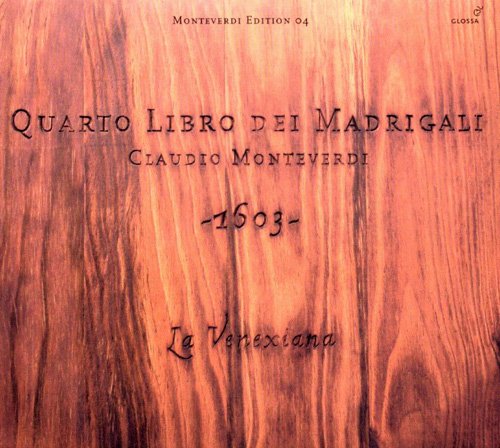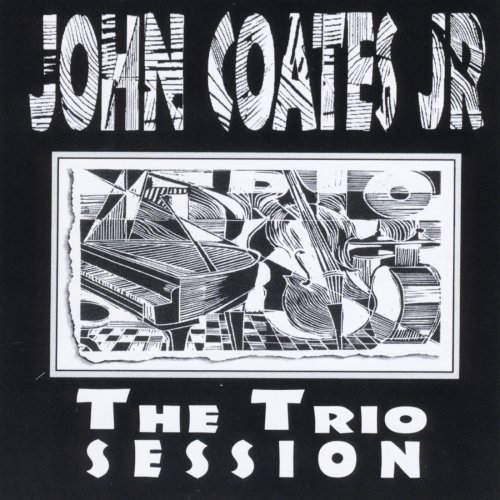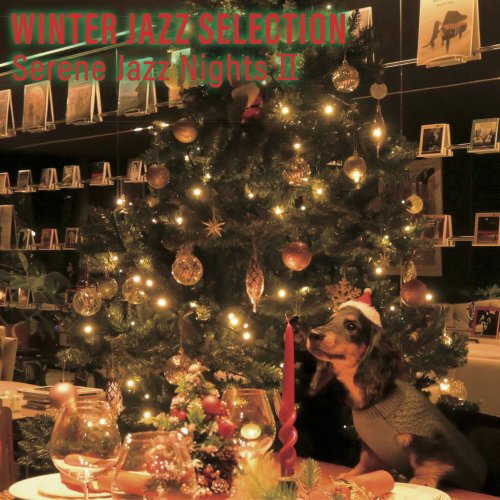La Venexiana - Monteverdi: Il quarto libro de madrigali, 1603 (2004)

Artist: La Venexiana
Title: Monteverdi: Il quarto libro de madrigali, 1603
Year Of Release: 2004
Label: Glossa
Genre: Classical
Quality: FLAC (image + .cue, log, artwork)
Total Time: 61:10 min
Total Size: 253 MB
WebSite: Album Preview
Tracklist:Title: Monteverdi: Il quarto libro de madrigali, 1603
Year Of Release: 2004
Label: Glossa
Genre: Classical
Quality: FLAC (image + .cue, log, artwork)
Total Time: 61:10 min
Total Size: 253 MB
WebSite: Album Preview
01 Ah, dolente partita
02 Cor mio, mentre vi miro
03 Cor mio, non mori? E mori!
04 Sfogava con le stelle
05 Volgea l’anima mia soavemente
06 Anima mia, perdona
07 Che se tu sei il cor mio
08 Luci serene e chiare
09 La piaga c’ho nel core
10 Voi pur da me partite
11 A un giro sol
12 Ohime, se tanto amate
13 Io mi son giovinetta
14 Quell’augellin che canta
15 Non piu guerra, pietate
16 Si, ch’io vorrei morire
17 Anima dolorosa
18 Anima del cor mio
19 Longe da te, cor mio
20 Piagne e sospira
Nowadays, to speak about the Italian madrigal is to speak about La Venexiana. It also means, of course, speaking of Monteverdi. What better combination then, than La Venexiana singing madrigals by Monteverdi? Assuming our responsibility as a specialized label, we have decided to create a new collection, the Monteverdi Edition, in which we will present the complete madrigalsof the composer from Cremona in 2-3 annual volumes.
Mantua and Ferrara, the two poles between which the Fourth Book, inaugural disc of this collection, travels, are also emblematic of two distinct yet complementary identities: not geographical alone, but lifestyles and ways of questioning the reality of feelings as well. As never before, the result of Monteverdi’s madrigals is an agile dialectic of metamorphosing gestures, techniques, forms and colours. In this musical journey between Mantua and Ferrara, the equilibrium sought is not static. Rather, it is subject to constant variation and recomposing.
A little farther on, monody and the basso continuo await the composer. By the Fifth Book (1605) Monteverdi will allude to these technique more explicitly, clearing the path for radical changes that will definitively alter the madrigal and project the genre into the sphere of the new Baroque sensibility. --
Mantua and Ferrara, the two poles between which the Fourth Book, inaugural disc of this collection, travels, are also emblematic of two distinct yet complementary identities: not geographical alone, but lifestyles and ways of questioning the reality of feelings as well. As never before, the result of Monteverdi’s madrigals is an agile dialectic of metamorphosing gestures, techniques, forms and colours. In this musical journey between Mantua and Ferrara, the equilibrium sought is not static. Rather, it is subject to constant variation and recomposing.
A little farther on, monody and the basso continuo await the composer. By the Fifth Book (1605) Monteverdi will allude to these technique more explicitly, clearing the path for radical changes that will definitively alter the madrigal and project the genre into the sphere of the new Baroque sensibility. --



![Chewing, Dave Harrington, Ryan Hahn, Spencer Zahn - Quintet (Live in Los Angeles) (2025) [Hi-Res] Chewing, Dave Harrington, Ryan Hahn, Spencer Zahn - Quintet (Live in Los Angeles) (2025) [Hi-Res]](https://img.israbox.com/img/2025-12/12/owakjkfg0whflv2rzyocno89p.jpg)




